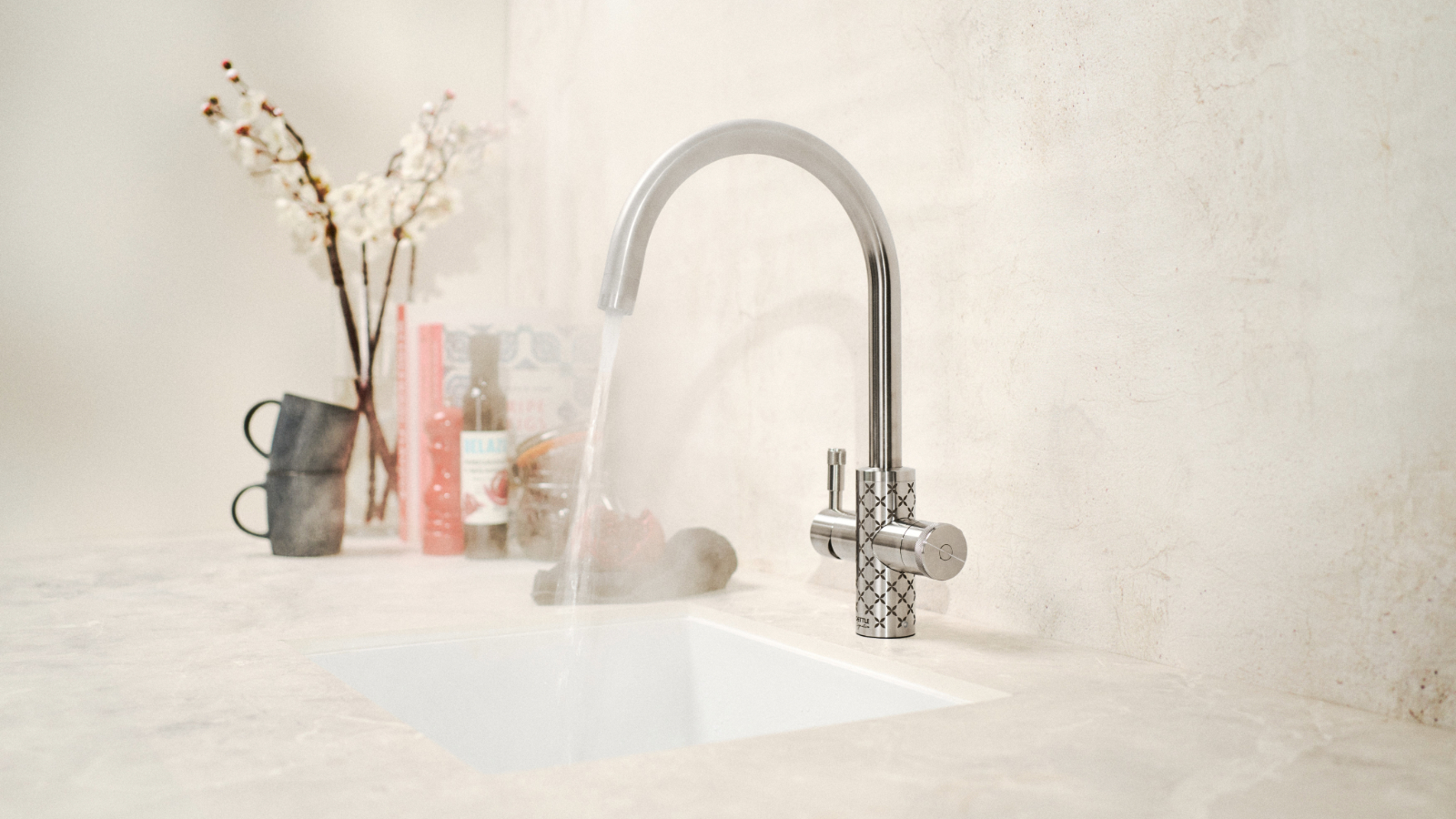Thinking of flicking the switch on adding air con? Here's what to expect from air conditioning installation
Worried about what air conditioning installation involves and if it's particularly disruptive? We explain what will happen inside and outside your home
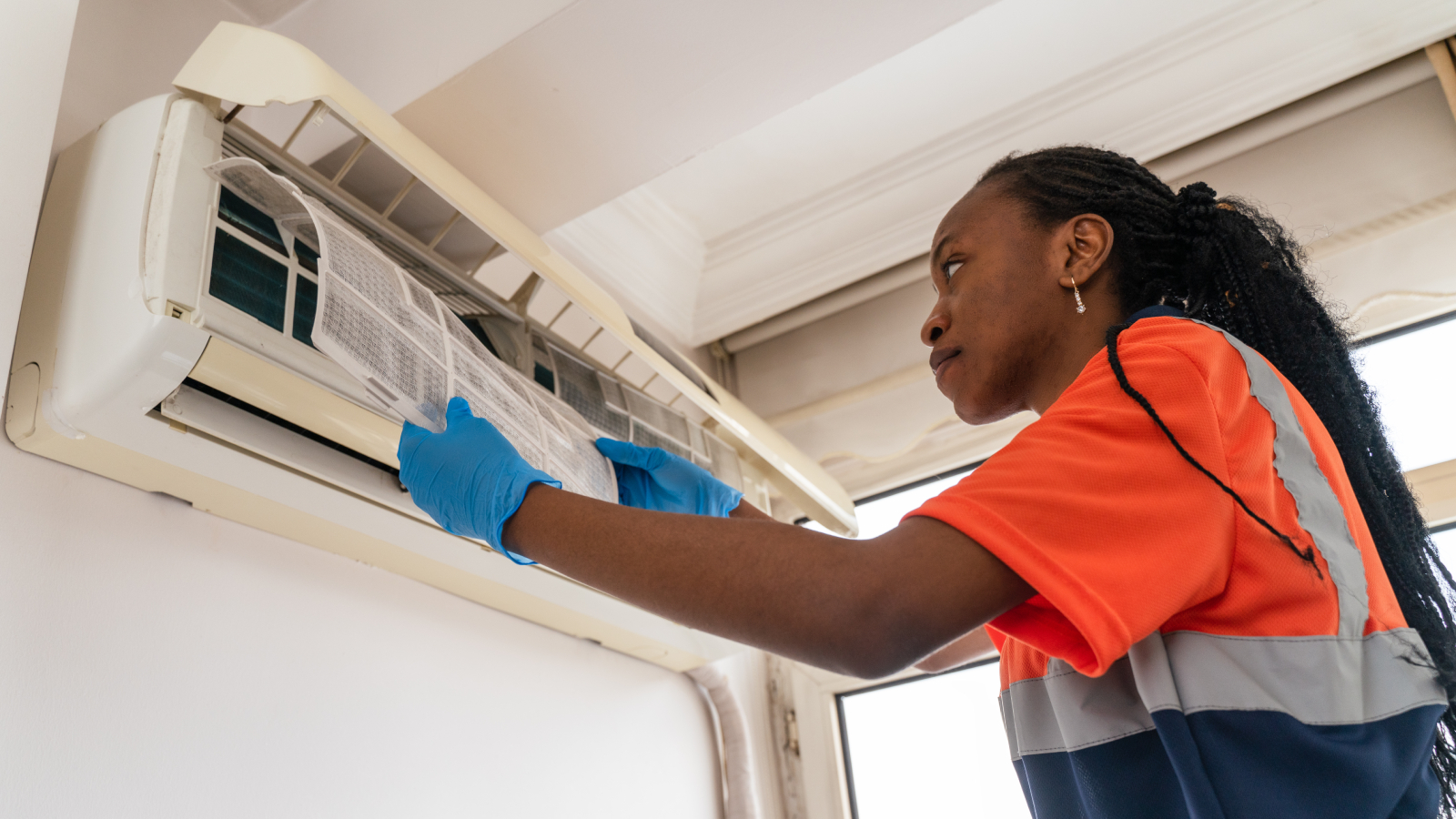
While once a feature reserved to homes in hotter climates, air conditioning installation has gained interest in recent years with rising temperatures forcing us to look at ways of keeping our homes cool.
However, given its relatively infancy in UK homes, adding air conditioning to your home may seem like a complicated job requiring a lot of disruption. And while portable air conditioning units require no explanation, fully installed systems do indeed feature a number of different parts that will need to be fixed on the interior and exterior of your home.
Here, we explain what to expect from air conditioning installation and explain what you can expect when retrofitting it to an existing property.
Installing fitted air conditioning
Installing air conditioning in a house can is a tricky job if you're not a registered professional or an air conditioning engineer, so you should always seek the help of an expert.
While it will normally form part of the service when you purchase an air con system, it pays to have a good understanding of how the different types of air conditioning are fitted so that you know what to expect.
"Installed air conditioning units come in two parts," explains David Hilton, Homebuilding & Renovating's energy efficiency expert. "The split system, the most common option for homeowners needs to be installed by a registered F-Gas engineer."
Single split systems tend to be the cheapest option for those worried about air conditioning cost, and they are made up of an indoor unit and an outdoor unit. Installation usually involves the engineer fitting an evaporative machine inside, while outside, a condensing unit will be put in place.
Bring your dream home to life with expert advice, how to guides and design inspiration. Sign up for our newsletter and get two free tickets to a Homebuilding & Renovating Show near you.
In addition, there are pipes containing refrigerant and cables that run between the two units. These are commonly concealed within trunking. Split systems are usually ductless which makes their installation less intrusive and disruptive – all you need to do is set up the internal and external units and connect them with cabling.
Multi split systems also still have one outdoor unit, but there can be many indoor units to serve different rooms. These are more expensive and more time consuming to install.
"Split systems can sometimes still have ducts on the evaporators (the inside part of the AC unit)," says David Hilton. "That then allows one evaporator to service more than one room."
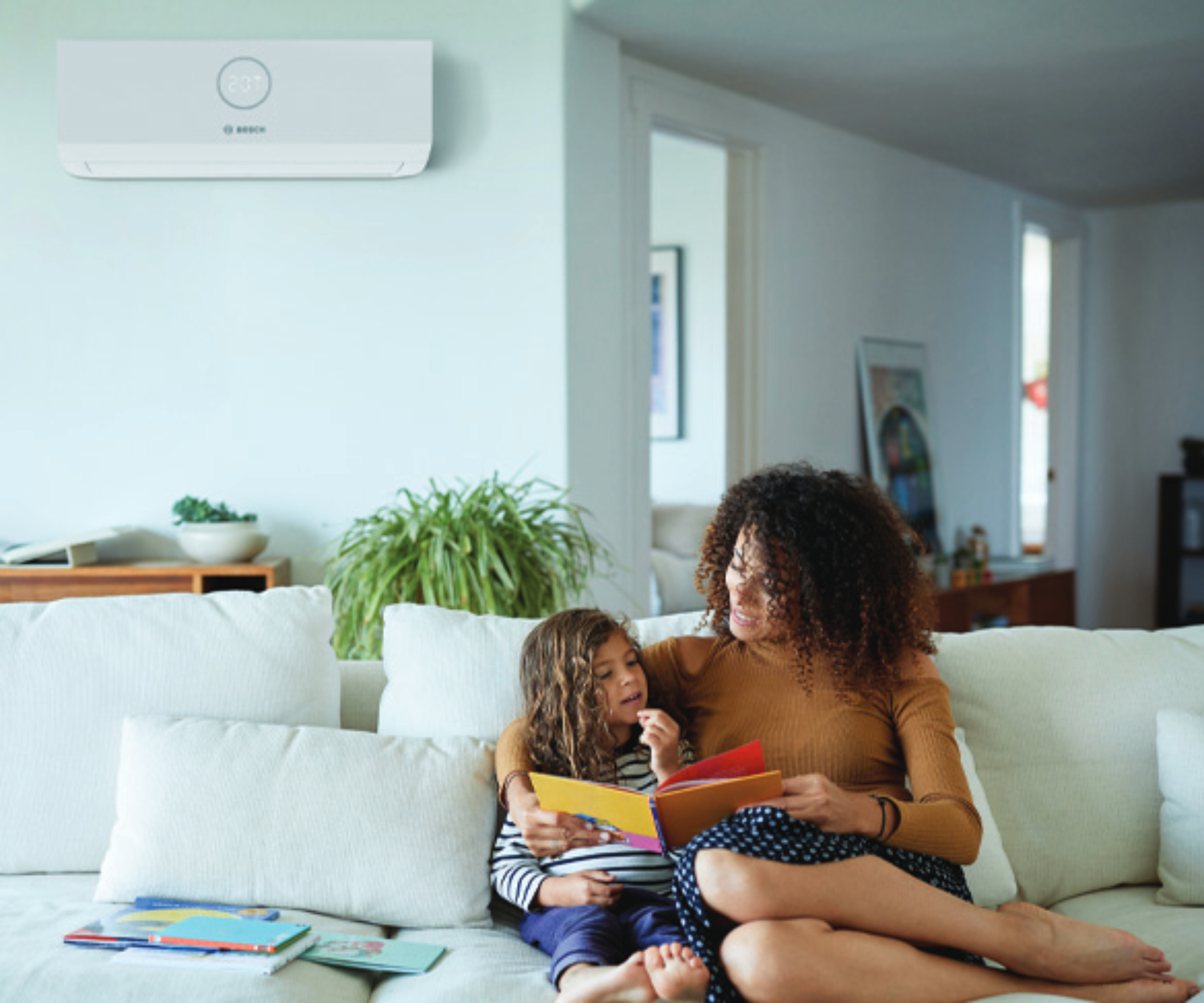
Ducted systems can be more complicated
However, if you decide on a central – or ducted – air conditioning unit, things will be a little different in terms of installation, although these systems are still pretty uncommon in the UK.
These systems have a single indoor unit which will usually be located in the loft or a basement. This unit is ducted out to different rooms of the house where it emits cool air through discreet grilles in the ceiling or walls.
Ducting can be run in the walls or ceiling (or both) meaning that installation is far more labour intensive, disruptive and expensive. That said, many homeowners feel that it is worth it due to the sleek and subtle end result of these systems.
And although taking a look at how to prevent overheating in homes is the first point of call for any new home, fitting air conditioning will of course be an easier addition to your HVAC (home ventilation and air conditioning) scheme when planning a self build as it will all take place at the same time as other services are installed.

With more than 35 years of expertise, David is a seasoned renewables and ventilation installer, recognised for his longstanding contributions to Homebuilding and Renovating magazine. Holding membership in the Gas Safe Register and armed with a Masters degree in Sustainable Architecture, David stands as an authoritative figure in sustainable building and energy efficiency. His extensive knowledge spans building fabrics, heat recovery ventilation, renewables, and conventional heating systems. Additionally, he serves as a distinguished speaker at the Homebuilding & Renovating Show.
What to expect from air conditioning installation inside your home
One of the first things you will need to decide on is where in your home your indoor unit – or units, the case of multi-split systems – will be located. Your installer will usually talk this through with you in order to make sure you don't think it can go in one of the places never to put air conditioning.
It is worth noting that most units will need to be attached to a wall and at least 7 feet from the floor. They should also have between 6 and 12 inches of unobstructed space around them in all directions to allow for good airflow.
"Indoor units can also be more compact than expected," says Adam Knight, a lead engineer at BOXT. "For example, the Bosch 3200i measures just 802mm wide, 295mm tall, and 200mm deep."
Once the location of the indoor units has been decided, your installer will begin by attached a mounting plate to the wall. This is a metal sheet that sits between the unit and the wall to protect either from damage.
With the metal sheet is in place, using a circular drill, your installer will make a hole of around 3" in diameter for the new cables to pass through. It is normal for whoever is installing the unit to check the internal electrics of the unit before the pipes are run through the new hole and out to the external unit. Finally, the indoor unit can be fixed to the mounting plate.
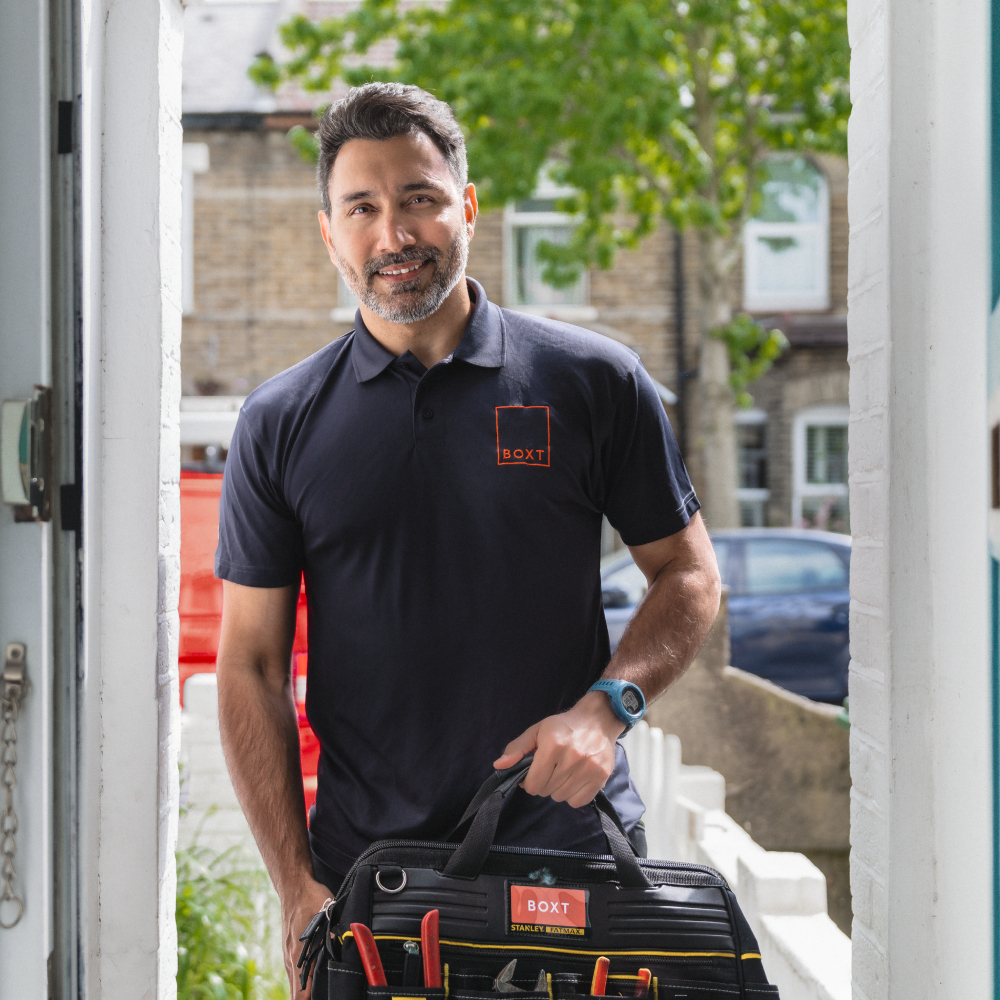
Adam Knight is a lead engineer at heating and cooling experts, BOXT. He has over 17 years of industry experience in auditing, gas qualifications, and incident investigations, and now leads BOXT’s Tech Survey Team with specialist training in air conditioning and heat pump systems.
Installing an outdoor air conditioning unit
As mentioned previously, split system air conditioning units have both indoor and outdoor elements to them.
“The size of the external unit depends on the power of the system and how many indoor units it’s supporting," explains Adam Knight, "but for a typical single-room setup, the outdoor unit is roughly the size of a small suitcase – usually around 70–80cm wide, 50–60cm tall, and 25–35cm deep. For multi-room systems, the unit will be slightly larger to support the additional load.
"These external units are designed to be unobtrusive and can be wall-mounted, floor-standing or even positioned on a balcony, depending on the layout of your home. We always try to place them somewhere discreet that doesn’t impact your living space or the aesthetic of your home," confirms Adam.
According to the experts at D-Air, the outdoor condenser must be positioned at least 12 inches away from a wall. It also must also be installed near the hole that was drilled earlier. Care should also be taken to ensure the unit will not be within 10 feet of a television or an antenna.
One final note on positioning your outdoor unit – these are basically large fans and as they are essentially air to air heat pumps, there will be a small element of air conditioning noise, so take time to think about where this noise will be best contained.
If floor standing, they should also be placed on a solid surface, so a concrete pad will usually be used as a base and ideally, this should be raised off the ground. The outdoor heat exchanger is fixed to the concrete with rubber pads or cushions that should reduce any vibration.
The last step is to check the unit's internal wiring, before the cables that should now be protruding through the wall, are connected with the external machine.
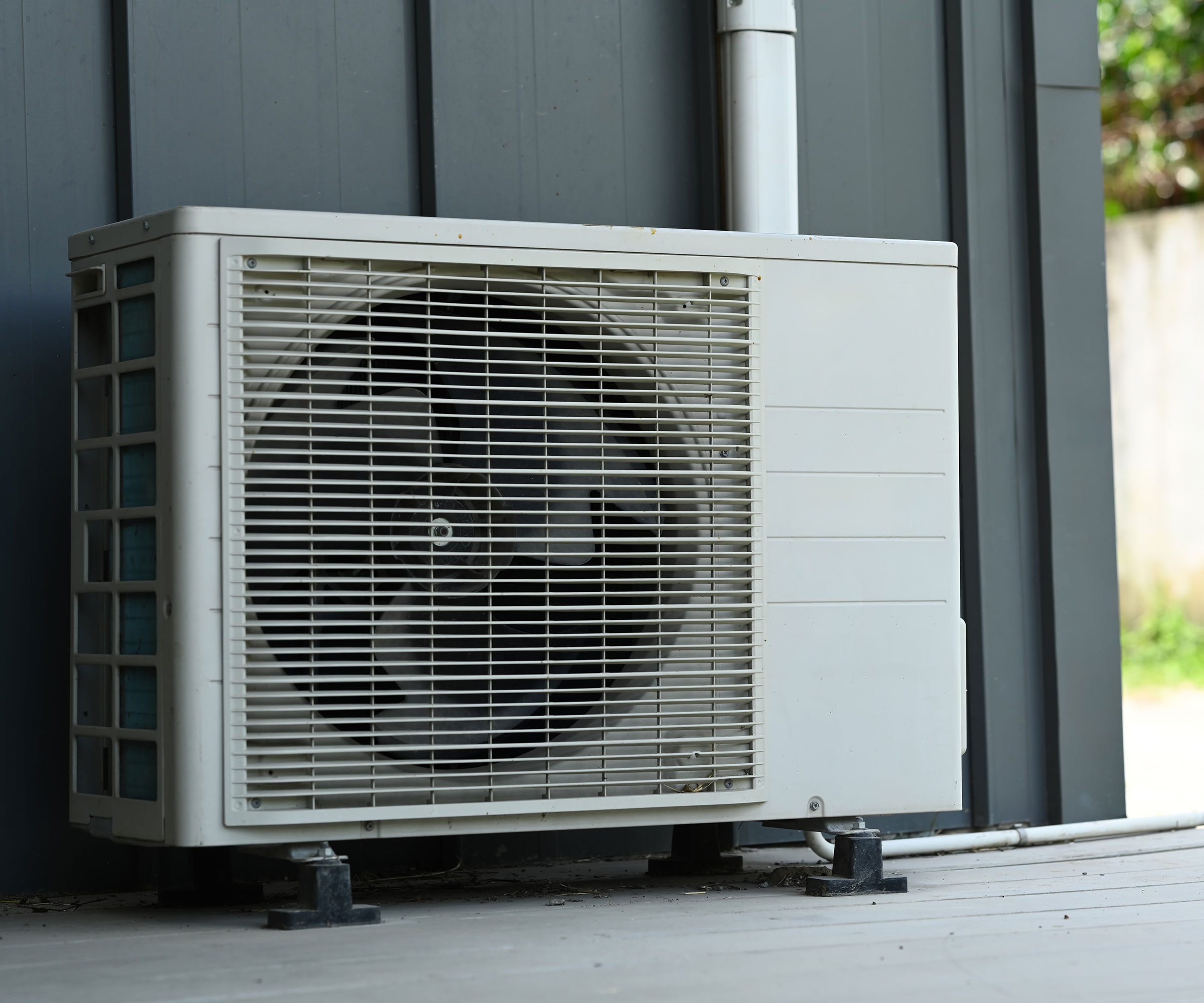
FAQs
How long does it take to install air conditioning?
Providing you have chosen a qualified installer, this is not a process that should take too long at all. In general, it should take no more than a couple of days – although for more complex jobs timescales could be a little longer.
"Once you’ve chosen your system, installation can happen as soon as the next day (subject to the nature of the job and when the order is placed," says Adam Knight. "A certified engineer comes to your home to fit the unit safely and efficiently. Some jobs do require scaffolding, which may mean an additional cost to your fixed price, but we’ll flag this to you during the online process, and always look for the best solutions to keep costs down."
After care is also important once your air conditioning installation has taken place says Adam.
"Our in-house audit team will remotely review and sign off every job. You can keep track of your installation progress in our handy app, where you can also find all warranty and product information once the installation is complete, as well as speak directly to our experts if you have any questions," he confirms.
Can you install air con in a listed building or an apartment?
“While air conditioning can technically be installed in most property types, including apartments and listed buildings, it’s important to be realistic," says Adam Knight, "as these installations can be more complex and often require additional approvals or significant alterations.
"In listed buildings or conservation areas, planning permission and or listed building consent may be required for installing the external unit, especially if it alters the appearance of the property. The same goes for some flats or leasehold apartments; you may need permission from the freeholder or building management," he warns.
"Our team can advise on what’s needed and help you find a system that meets regulations while keeping the installation as discreet as possible. Compact, wall-mounted systems are ideal for these situations because they take up minimal space inside and out," suggests Adam.
Does portable air conditioning ever require installation?
The best portable air conditioning units are a great option for homeowners who want to avoid the disruption of having a unit installed as they require no fitting – as we explain in how does a portable air conditioning unit work, they can simply be moved from room to room as required and are just plugged into an electrical socket.
"Portable units are compact and can be easily ported from room-to-room. They don't require professional installation and after the summer season has ended can be stored away," explains Chris Michael MD and founder of Meaco. "Some models also have dual heating functionality so that it can be used in the winter to keep warm."
The only challenging thing about portable air conditioning says David Hilton, is that, "a portable system still needs the duct to be run to outside as warm air is discharged. The duct is around 150mm diameter so you will need to ensure you can place the unit near an open window."

Chris and his partner Michelle started Meaco in 1991. Meaco is now regarded internationally as a major player in the dehumidifier industry selling to 20+ countries throughout Europe, North America and South Africa. Meaco sets the benchmark for quality and development in its sector, leading by example and reducing the energy consumption of its appliances.
While the installation of home air conditioning seems to be on the rise, this is not your only option. Take a look at our round up of the best natural house cooling ideas, which looks at everything from your landscaping scheme to methods of passive cooling and make sure you know the best ways to keep a room cool, regardless of whether you've gone ahead with air conditioning installation or not.

Sarah is Homebuilding & Renovating’s Assistant Editor and joined the team in 2024. An established homes and interiors writer, Sarah has renovated and extended a number of properties, including a listing building and renovation project that featured on Grand Designs. Although she said she would never buy a listed property again, she has recently purchased a Grade II listed apartment. As it had already been professionally renovated, she has instead set her sights on tackling some changes to improve the building’s energy efficiency, as well as adding some personal touches to the interior.
